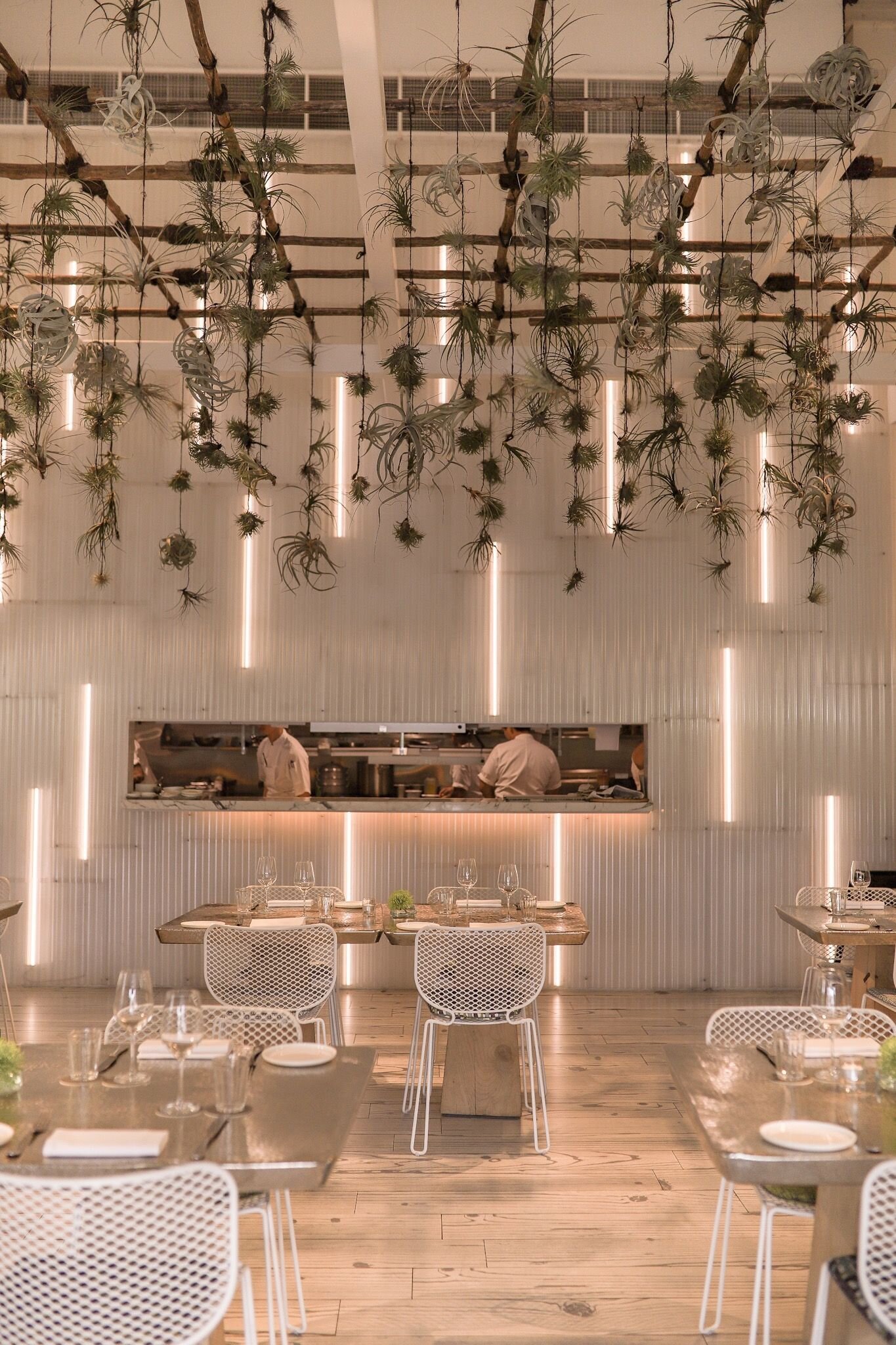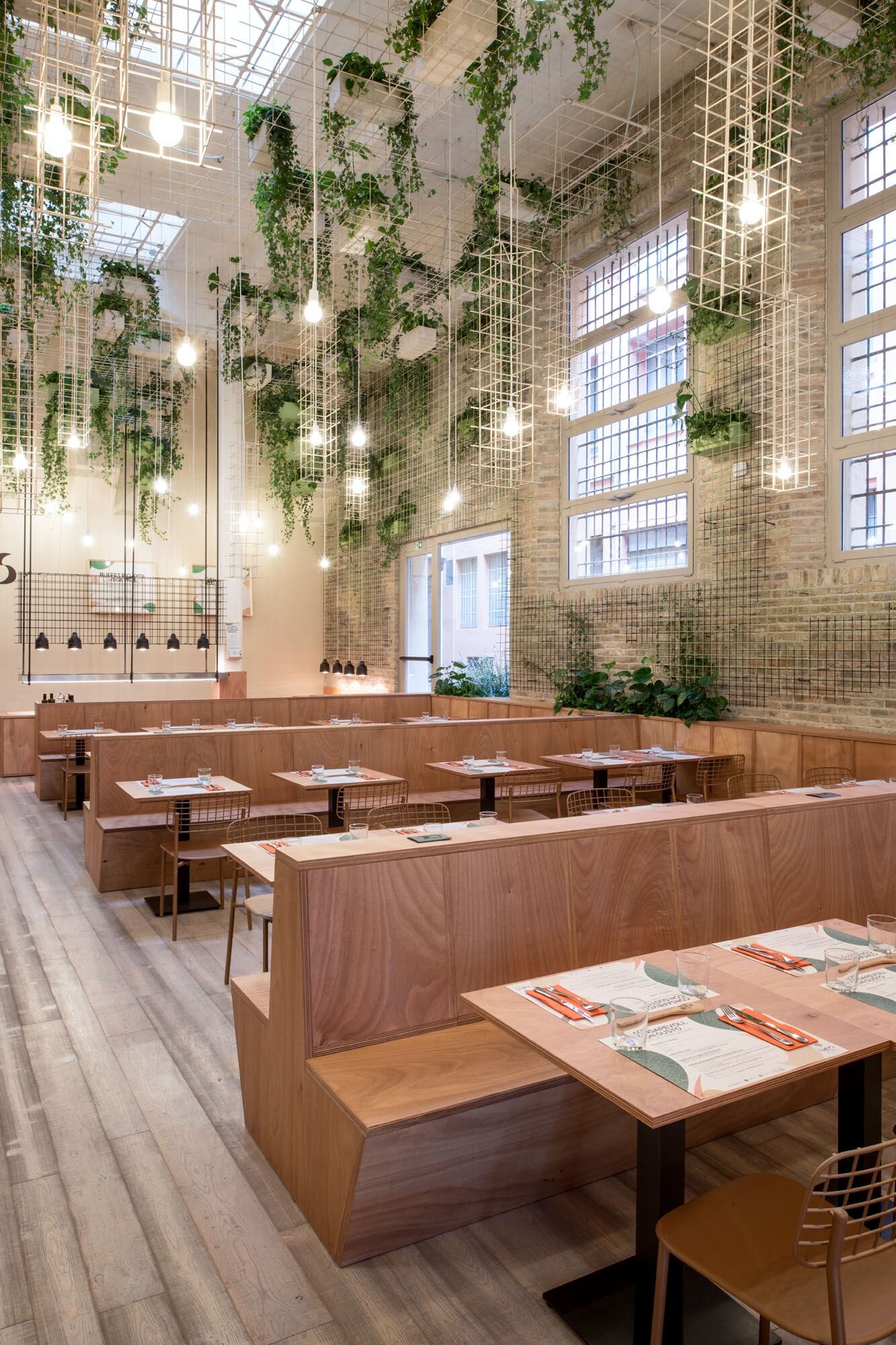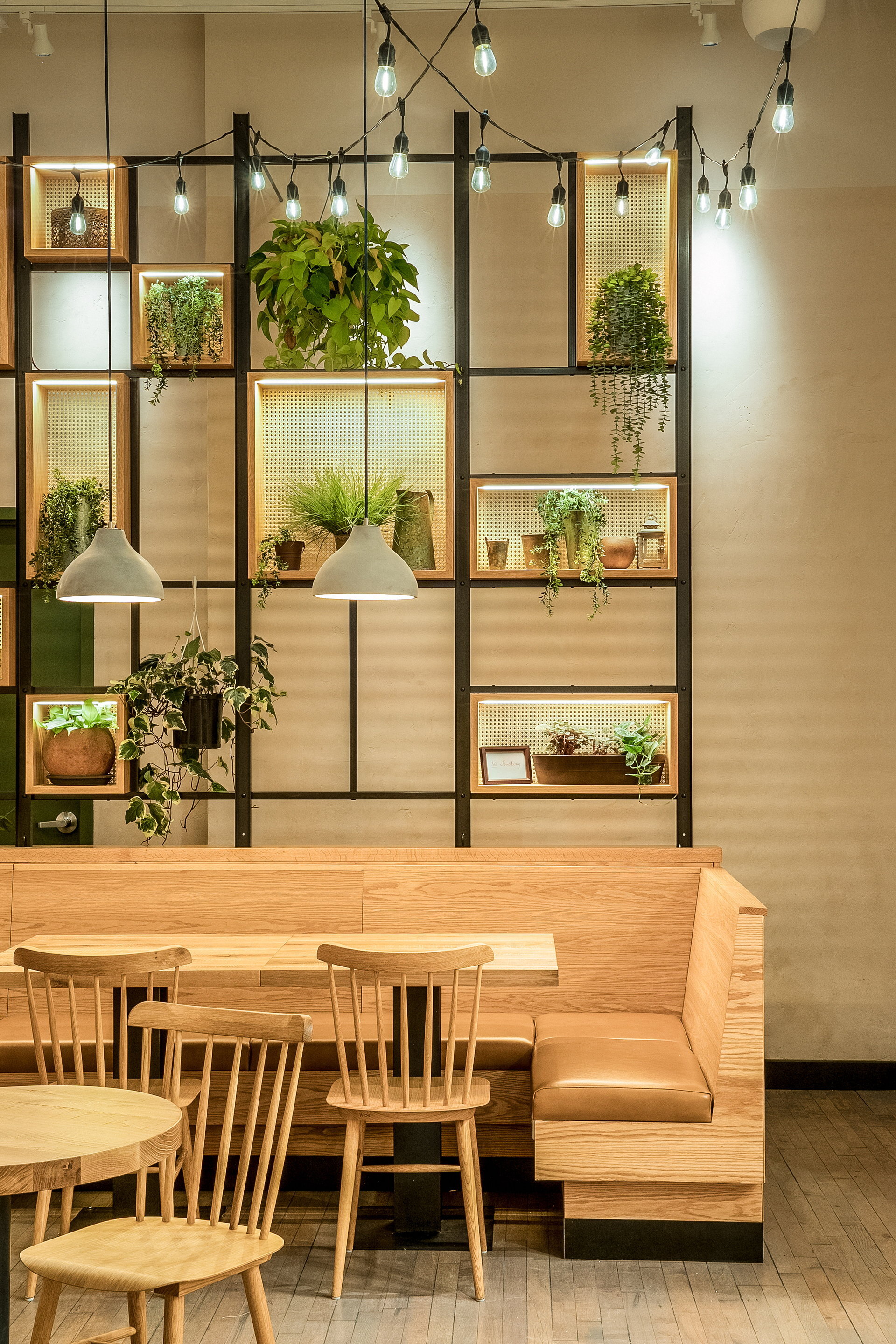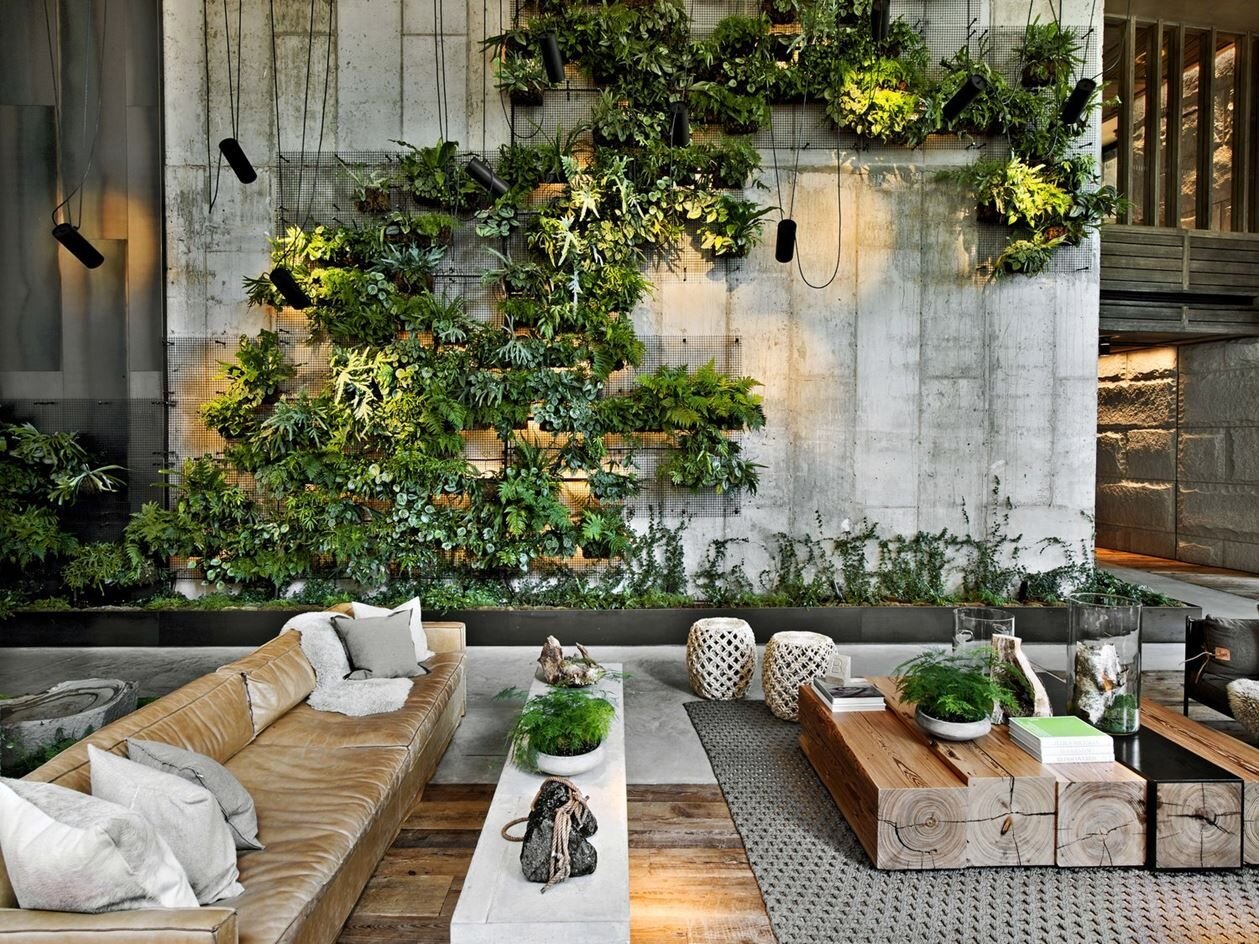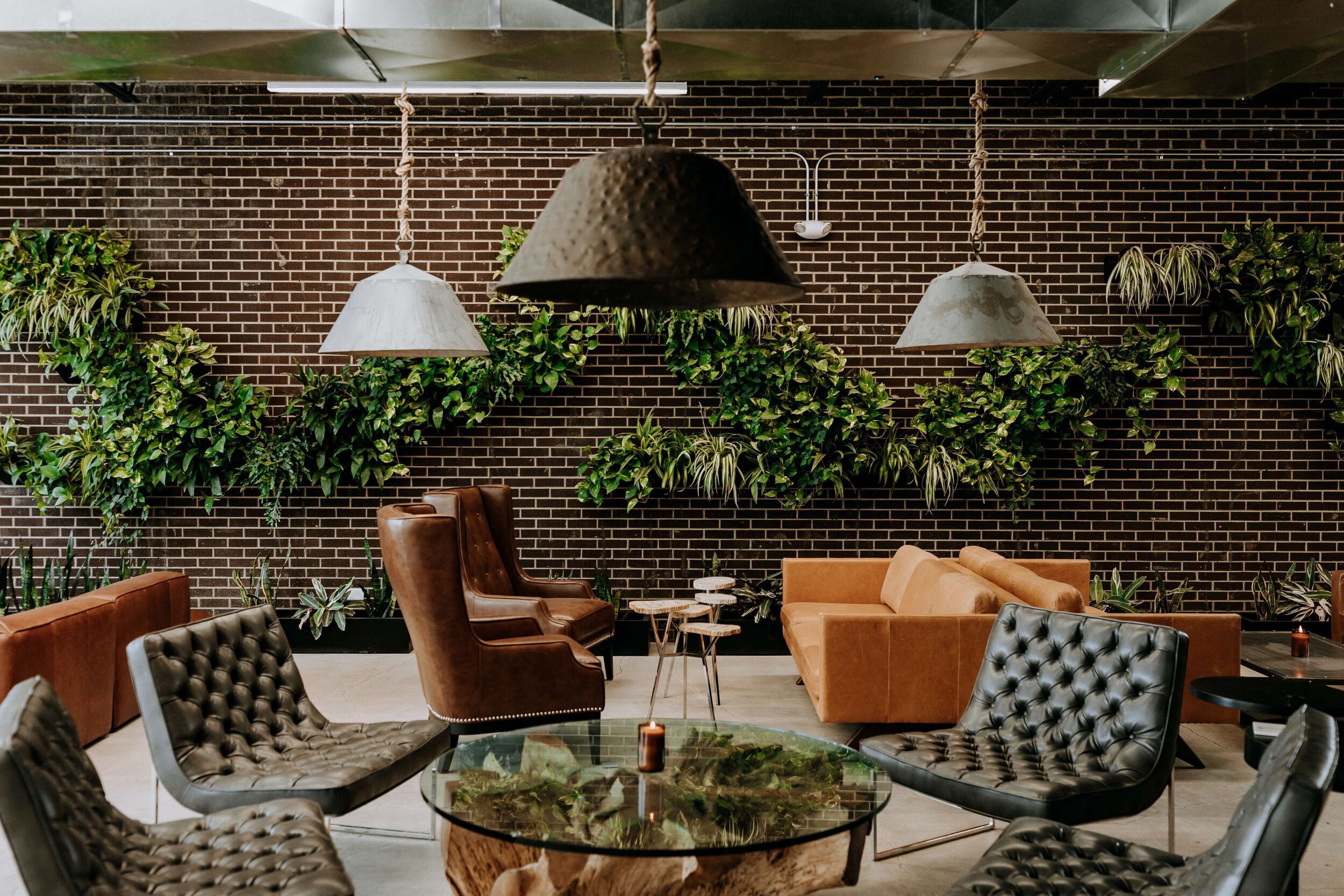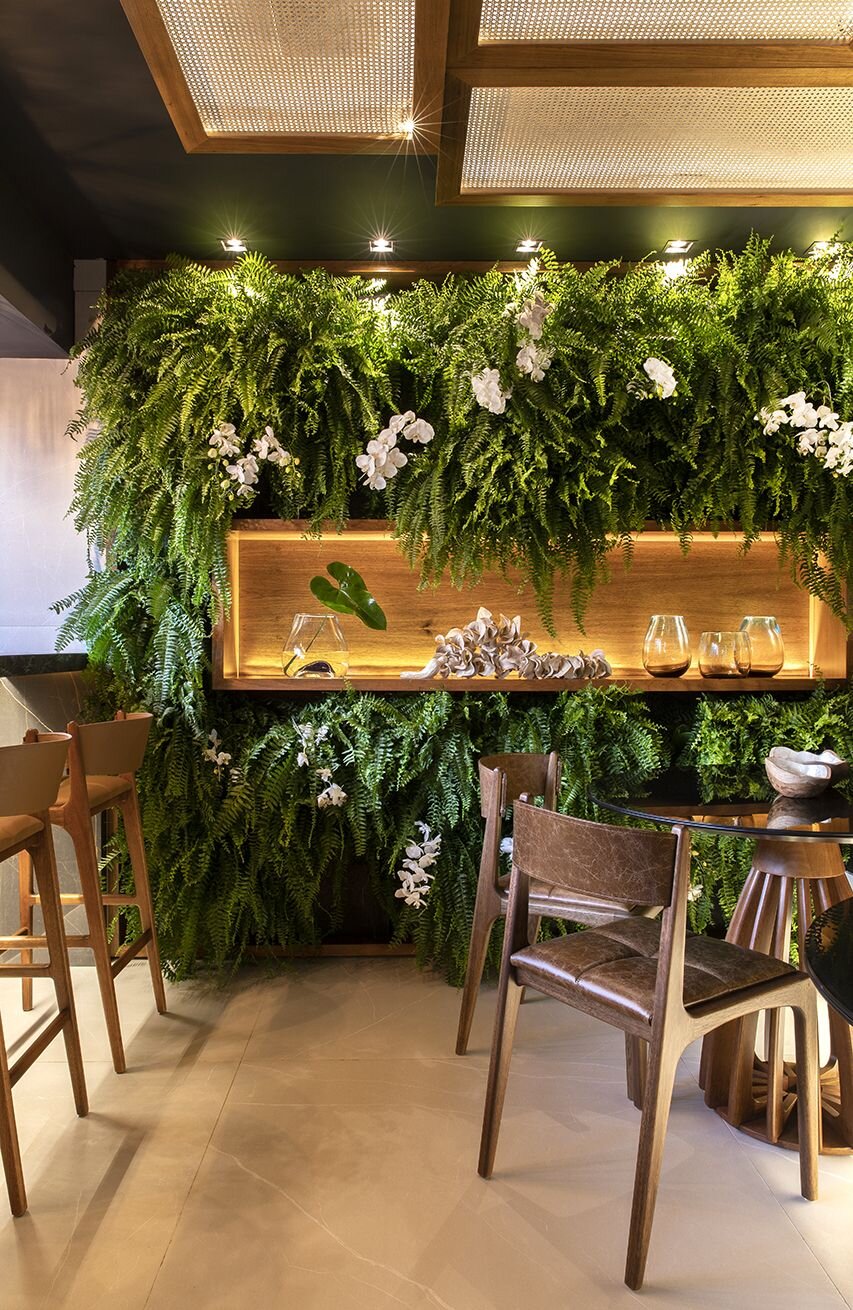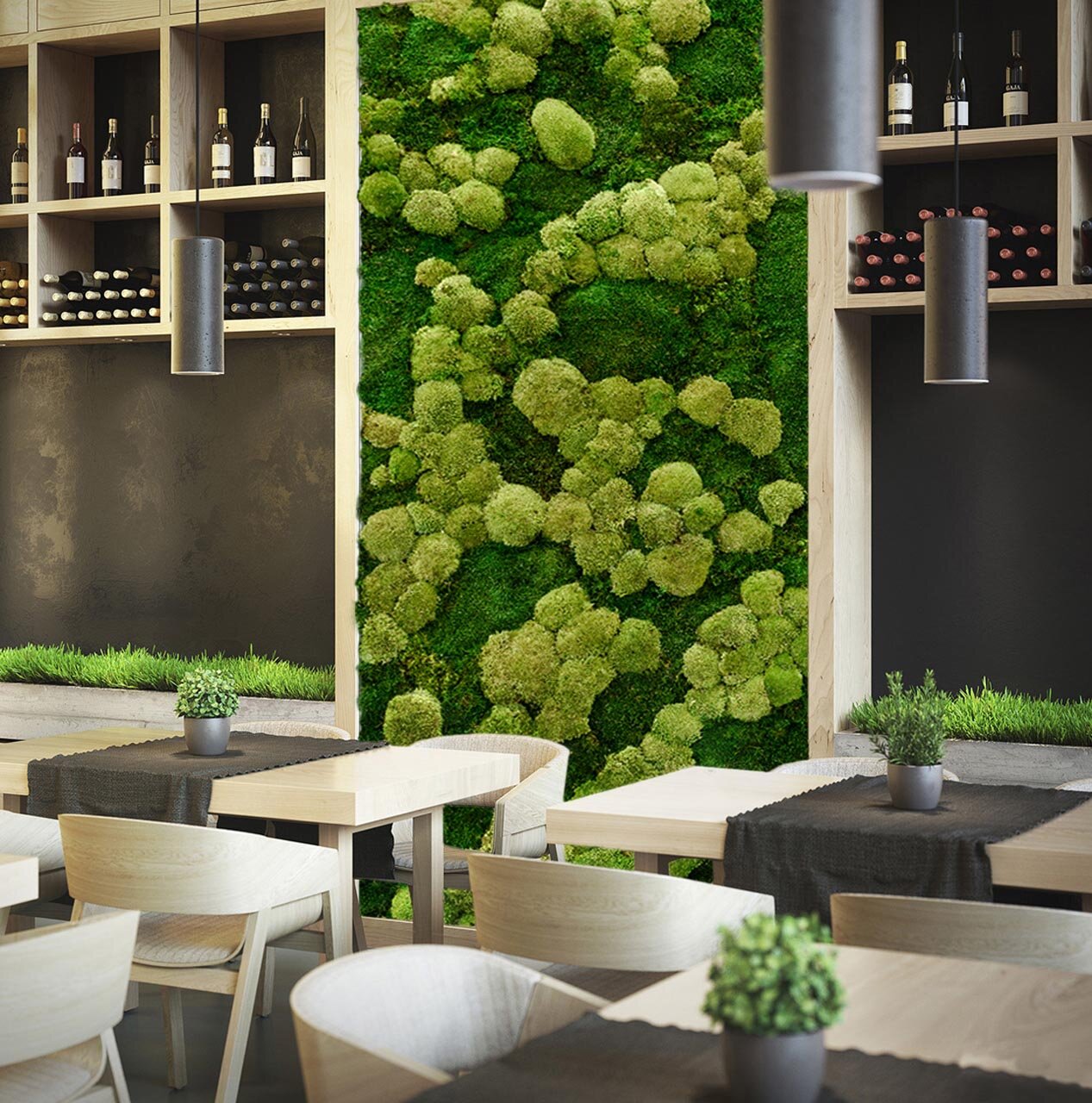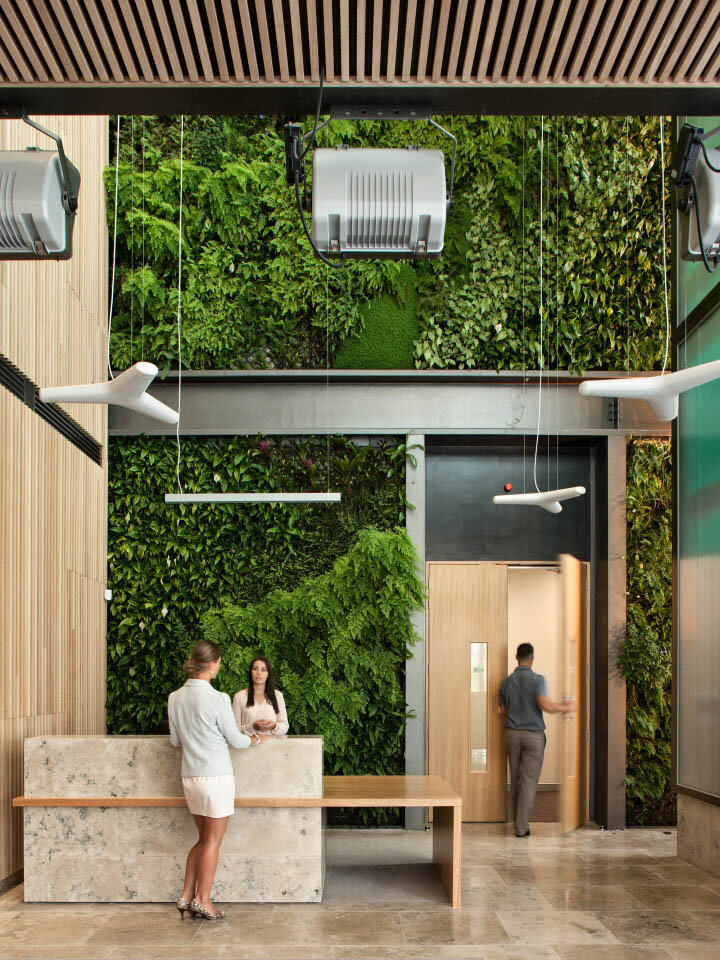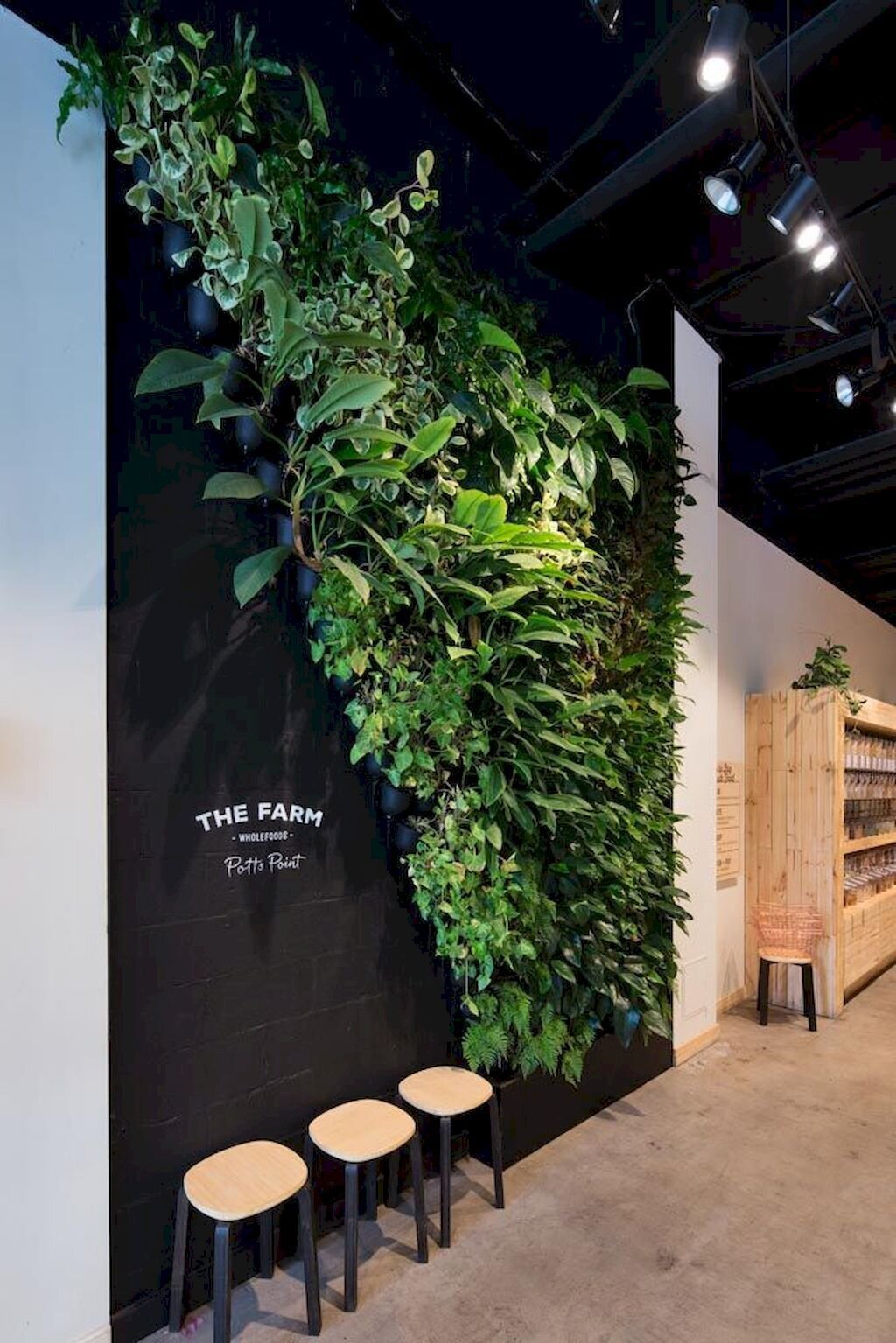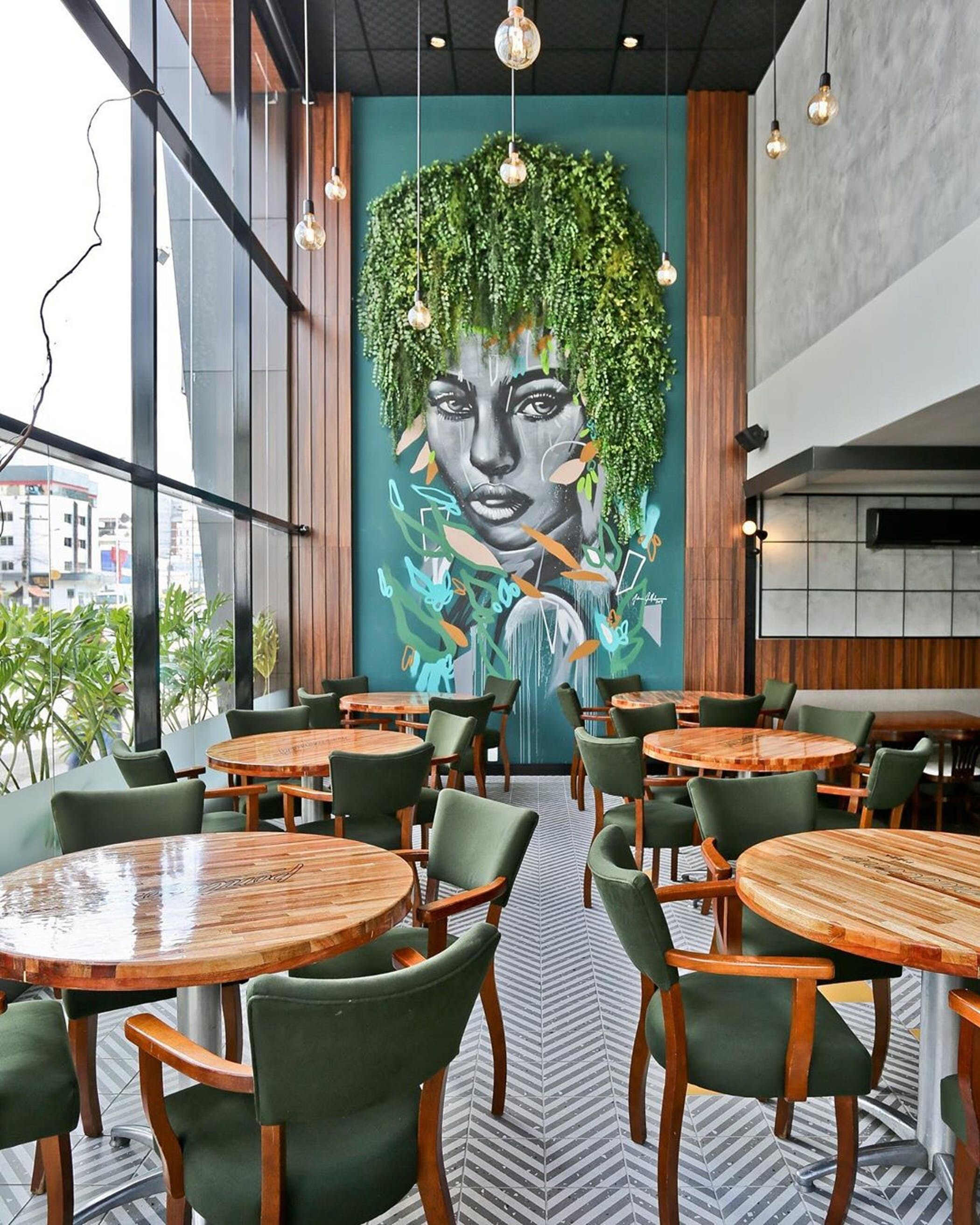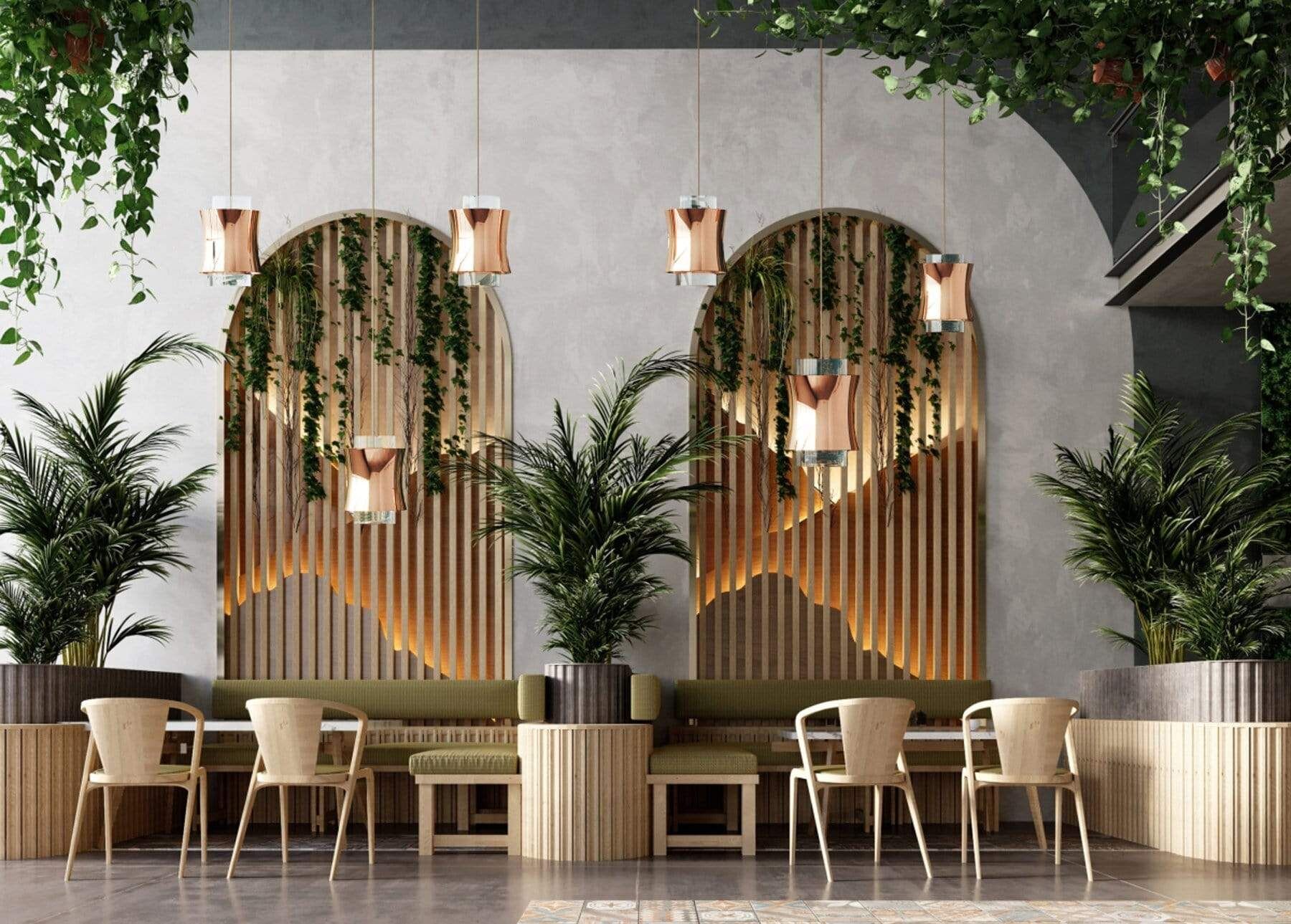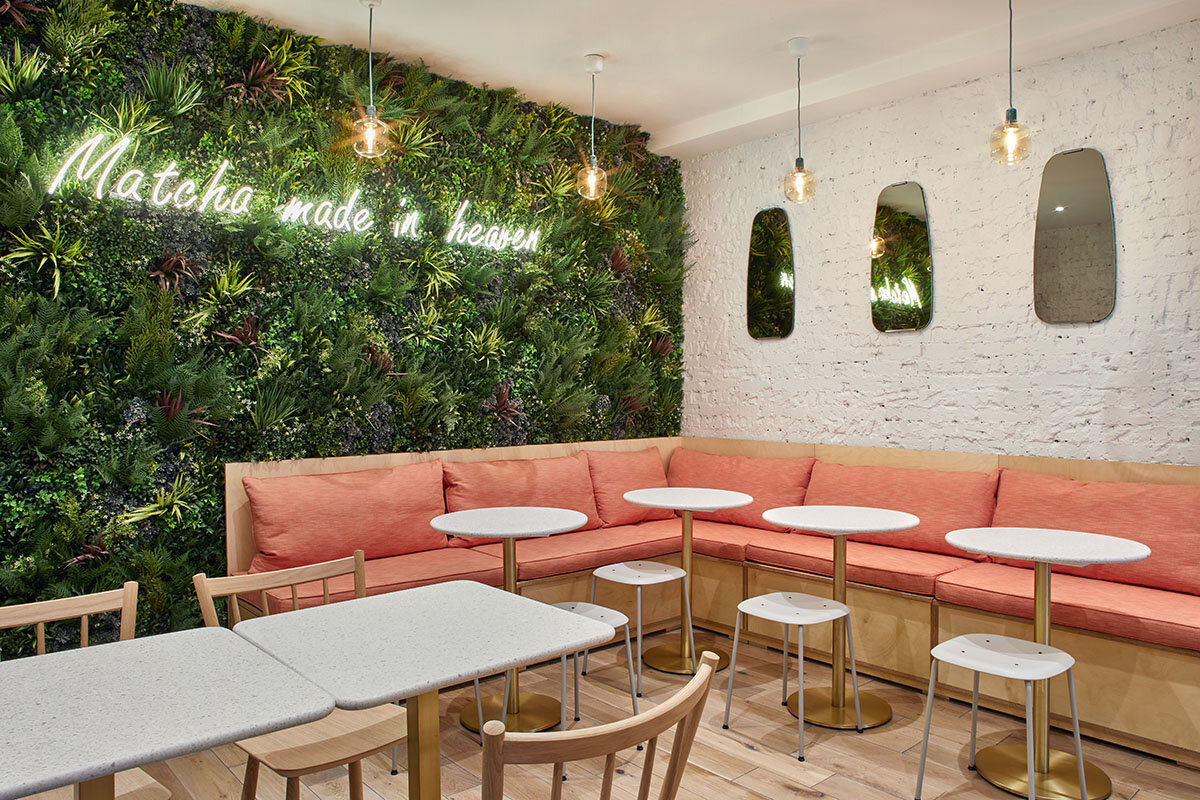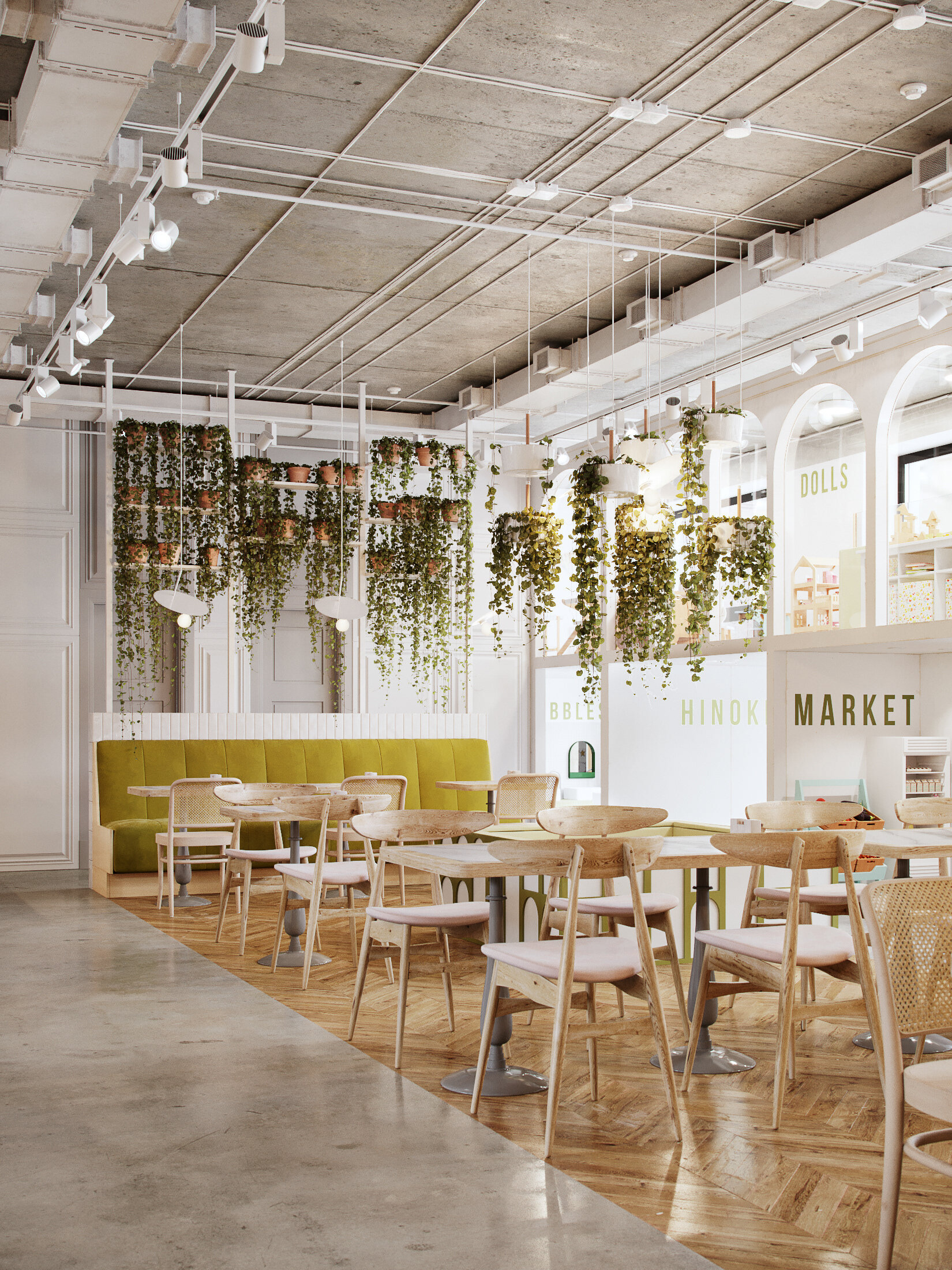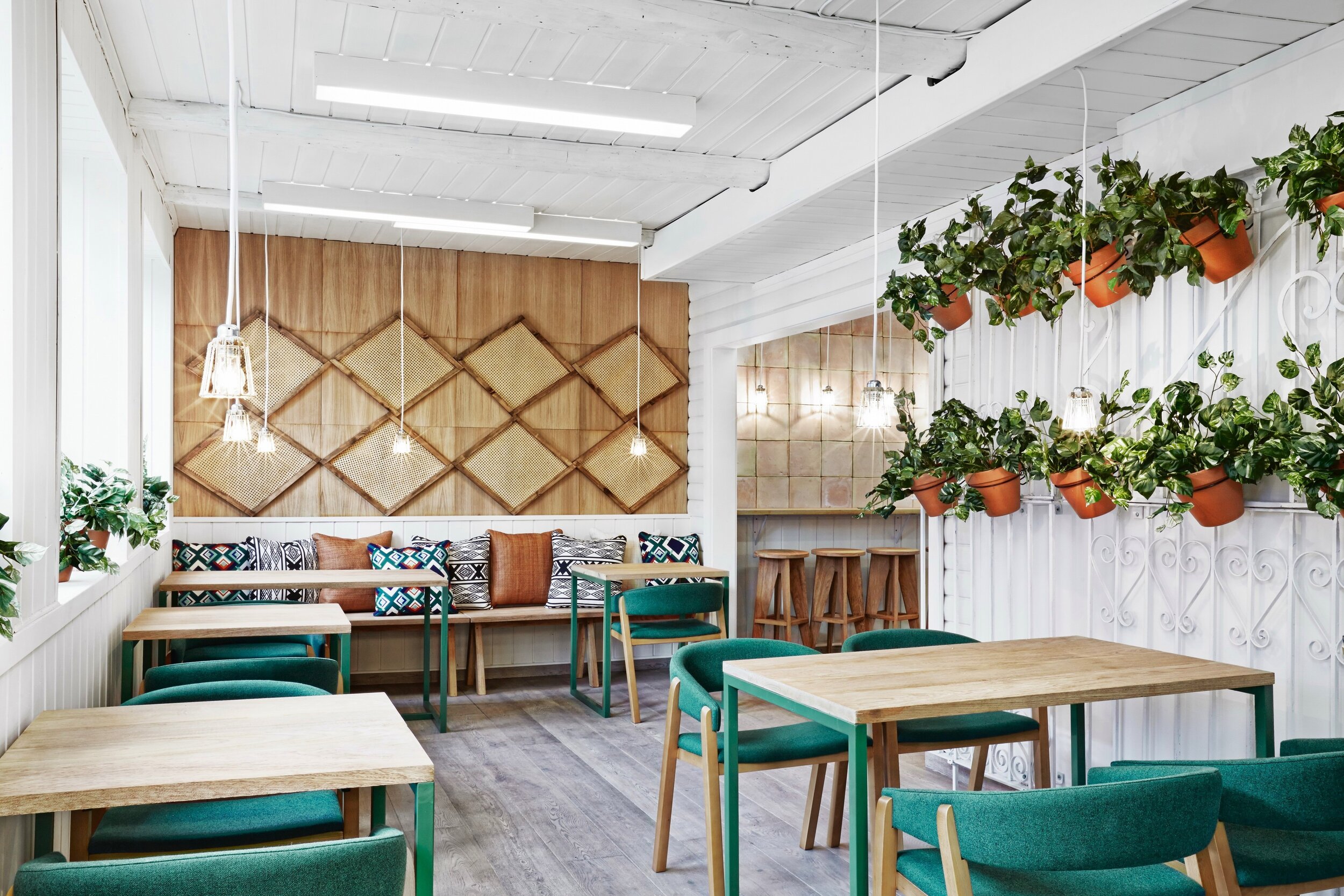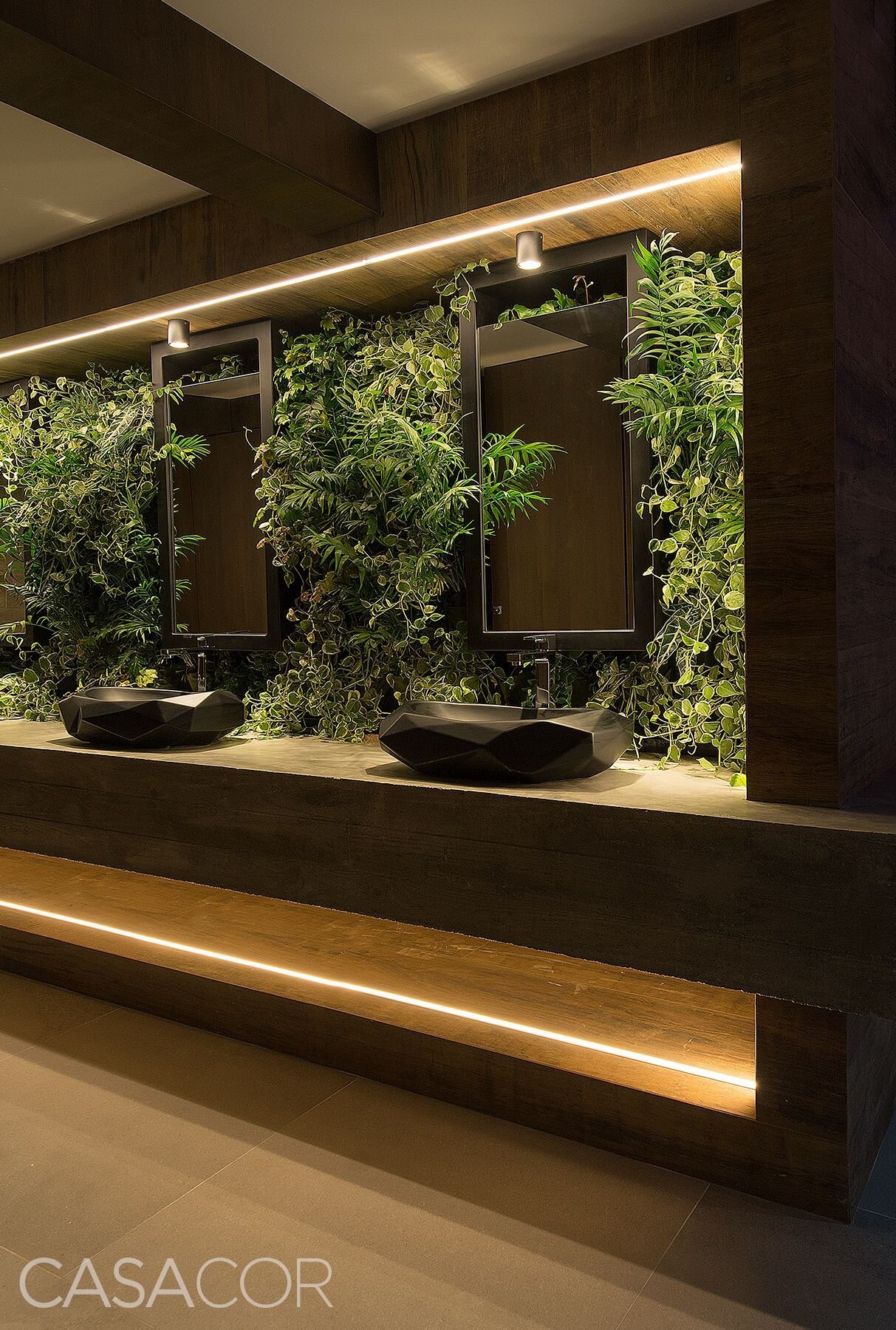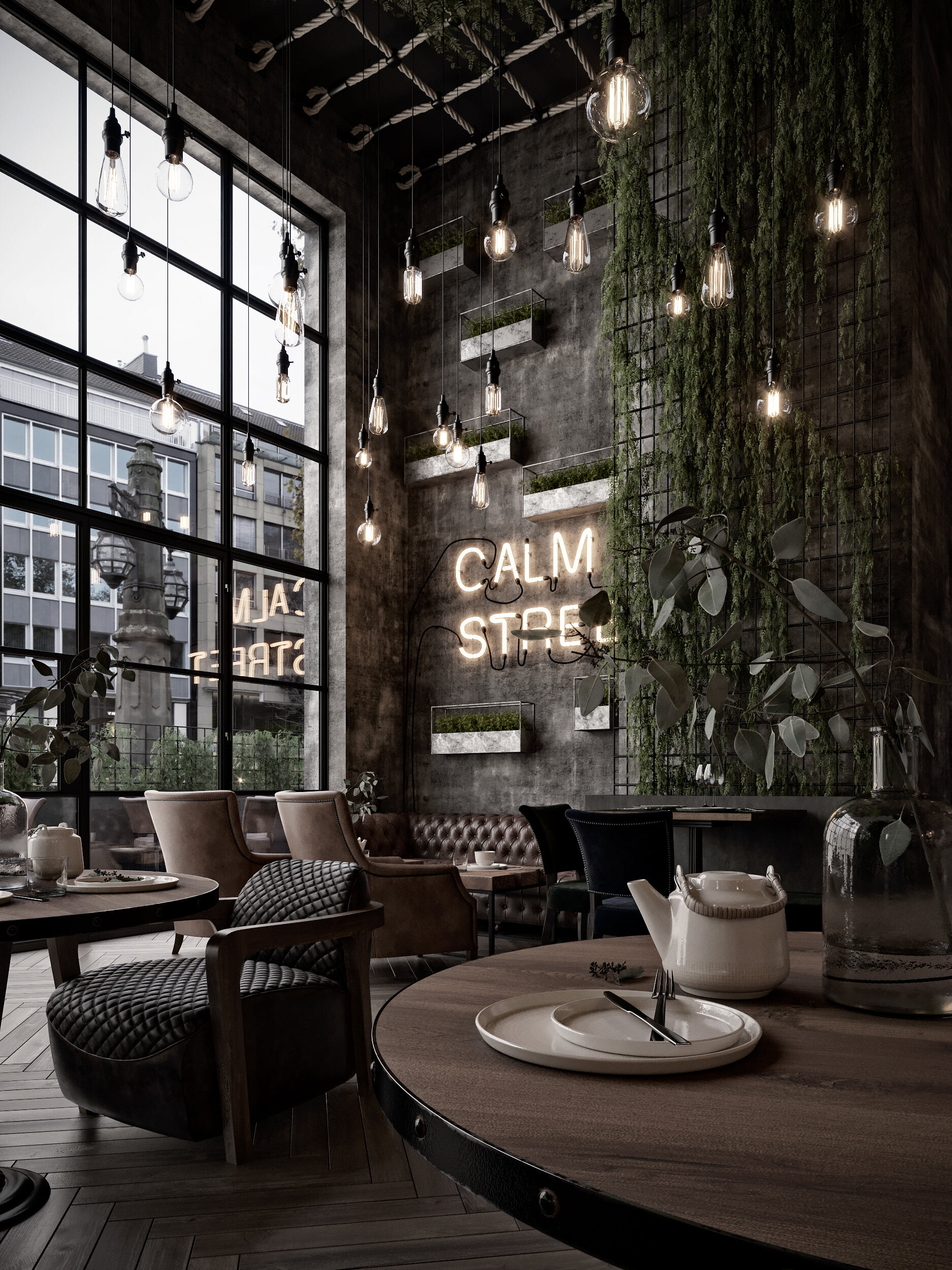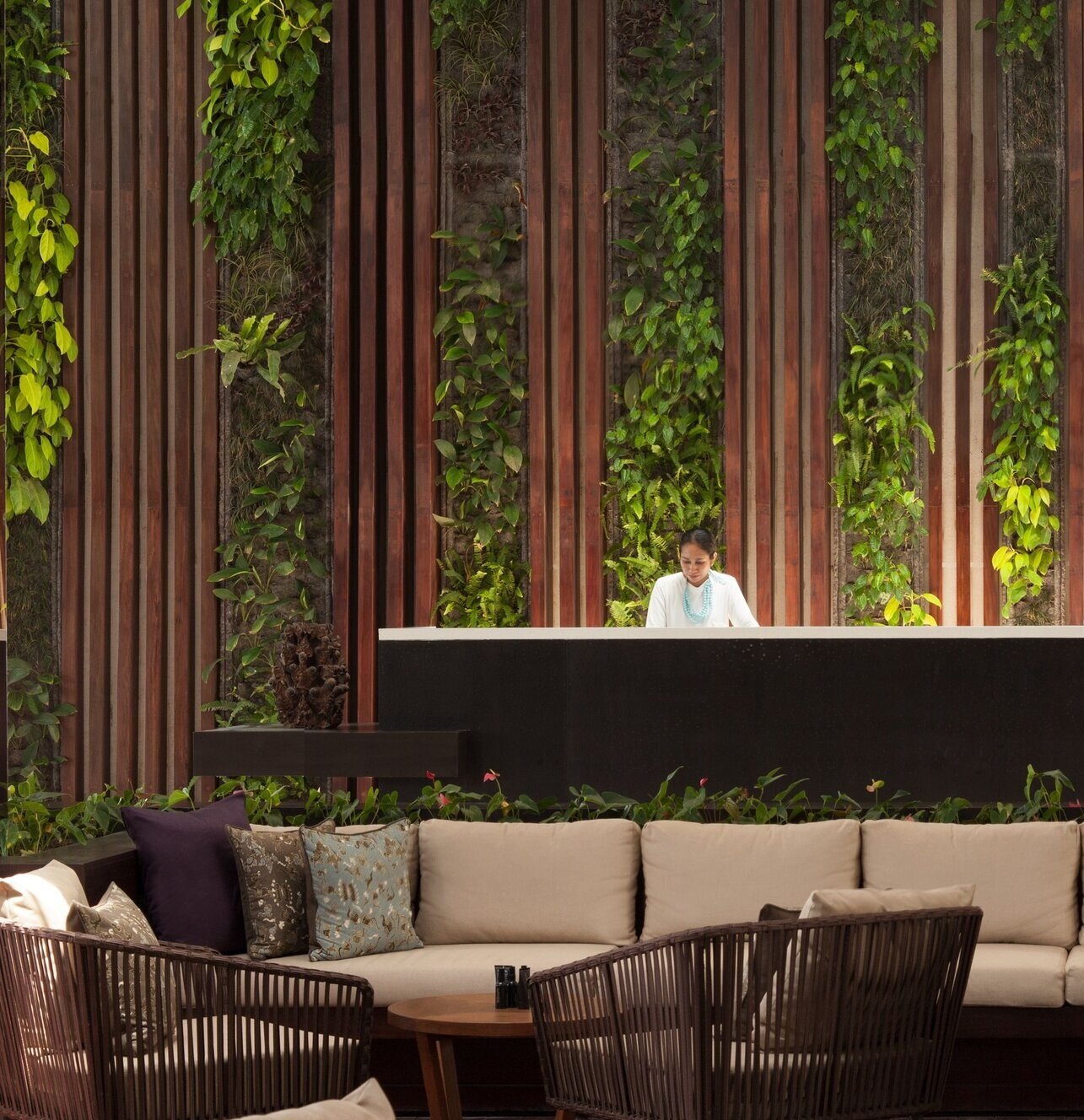Sustainability | Carpet
As a major contributor to commercial production and waste cycles, the design and construction industry is focusing ever more on sustainability in new projects. It’s an incredibly important factor, and as designers, we love companies that make it easier for us to specify environmentally-conscious products and take part in sustainability programs.
Carpet is a big industry, and it’s installed into millions of new spaces each year. With that in mind, carpet companies can make a major environmental impact based on what materials they use, how they produce their products, and what sustainability efforts they choose to make. We love companies that take eco-consciousness seriously, so today we’re looking at sustainability in the carpet industry - take a look below to see some amazing companies and their products!
We love companies and products that are committed to reducing or eliminating post-consumer waste, and Shaw is doing just that! The company introduced the first Cradle to Cradle (C2C) flooring product more than 20 years ago, and continues to offer C2C products today. Moreover, their Re[TURN] Reclamation Program has allowed Shaw to reclaim and recycle almost 1 billion pounds of carpet since 2006, much of which has been reused in the production of new flooring products!
Mannington not only creates beautiful carpets, but the company produces them using less energy and resources! They are committed to reducing their environmental footprint, and were one of the original 50 Save Energy Now Leaders (now know as the Better Plants initiative). Mannington has 3.3 acres of solar arrays and has reduced energy intensity by 17% since 2007 - all while doubling their manufacturing sites!
Some of our favorite flooring is from EF Contract, and we love their commitment to reclamation! Their R4 Program was started in 2007, and focuses on the ideas of Return, Reuse, Recycle, & Reduce. Each year more than 60,000 pounds of waste are diverted from landfills through this program!
What sustainable carpets are you loving right now?
Sustainability | Interior Greenery
Image | PressRender
Sustainability has long been an important topic within the design industry and its significance continues to grow as part of the larger topic of wellbeing. This can be seen in the popularity of biophilic design, which incorporates nature into the built environment, creating restorative and connective spaces. There are many ways to incorporate concepts of sustainability and biophilic design into interiors. This includes using natural light, views of nature, natural textures, and of course, adding plants into a space!
Interior gardens and greenery have many health and wellness benefits! Live plants release additional oxygen, naturally purify the air, help reduce stress levels, and can brighten up a space. Take a look below to see some of our favorite ways to use greenery in interior design!
LIVING STRUCTURES + SUSPENDED GREENERY
Integrating plants into architectural wall structures or shelves adds a new texture and color to vertical design elements. Suspending greenery overhead adds drama, creating an unexpected but beautiful focal point!
LIVE WALLS
Live walls are one of the most popular ways to turn interior spaces into living gardens! And design options for green walls are virtually endless - the ability to mix plant types, create interesting patterns, and install plants in unique shapes makes this one of the most versatile ways to add greenery to an indoor space!
BRIGHT + COLORFUL INTERIOR GREENERY
Interior gardens can also set the tone for a space. As a natural and organic element, adding indoor plants is one of the easiest ways to make a space feel bright, vibrant, and colorful!
DARK + MOODY INTERIOR GARDENS
Interior greenery is also versatile - it’s not only able to make spaces brighter or more colorful, but can also fit perfectly with a dark and moody atmosphere. Adding plants can add depth and ambiance, making a space feel cozy, intimate, and intriguing.
What are some of your favorite ways to use greenery indoors?









